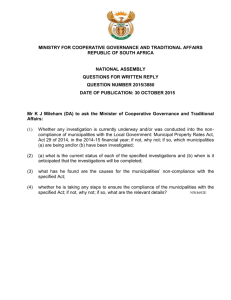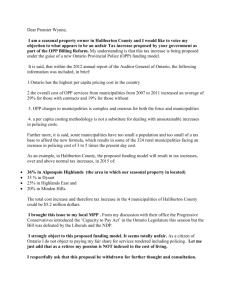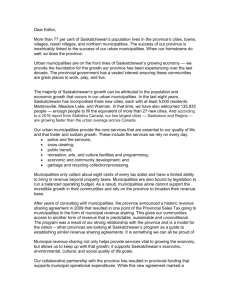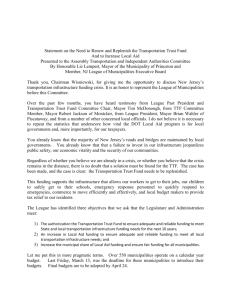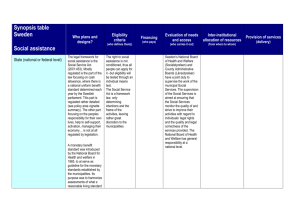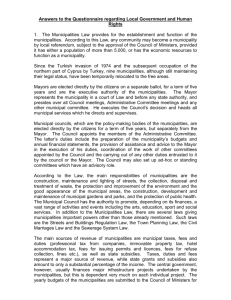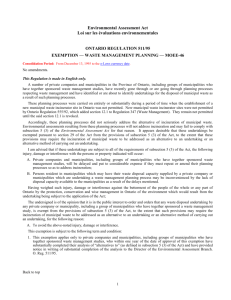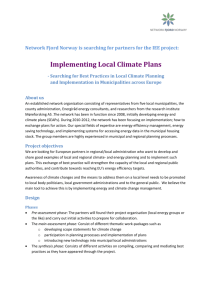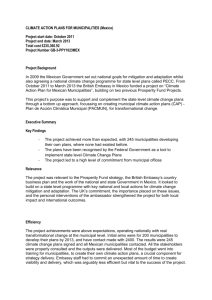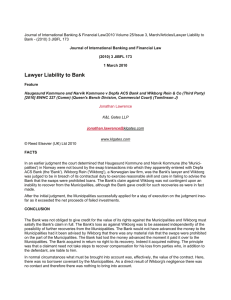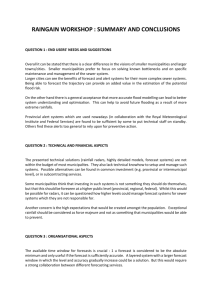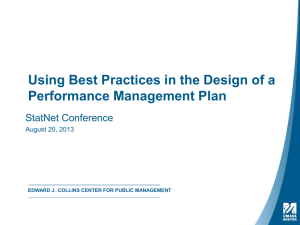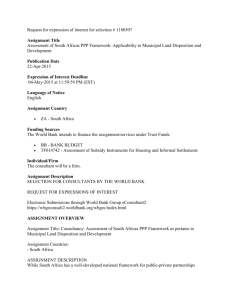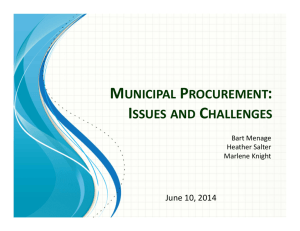Long-range planning for urban communities (2011)
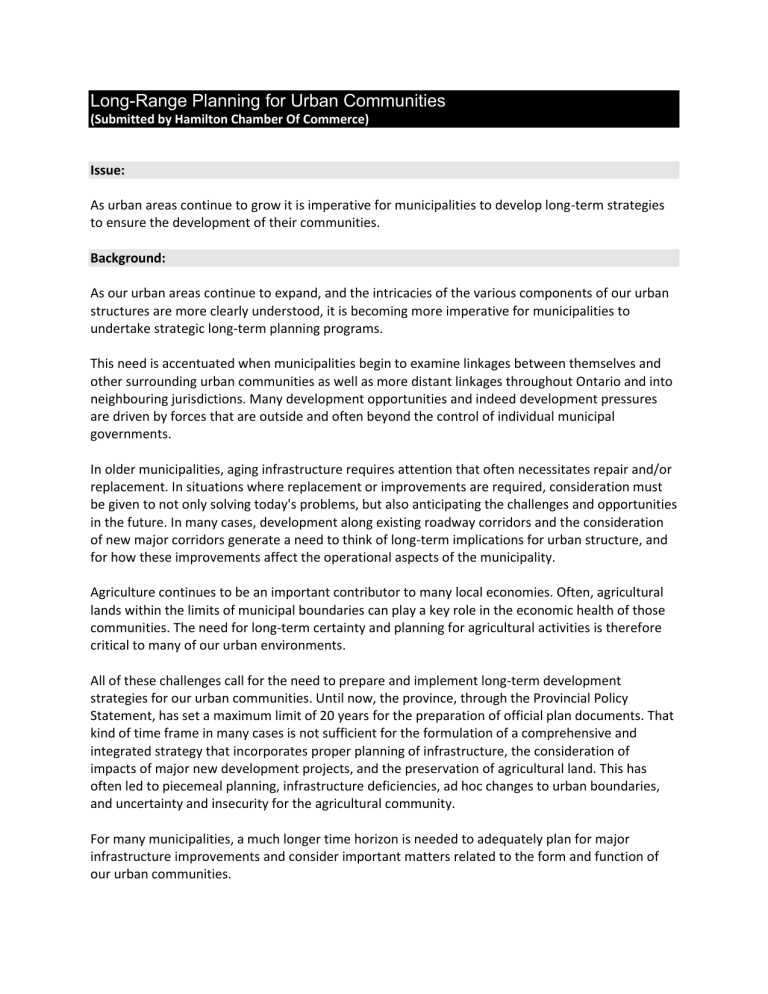
Long-Range Planning for Urban Communities
(Submitted by Hamilton Chamber Of Commerce)
Issue:
As urban areas continue to grow it is imperative for municipalities to develop long-term strategies to ensure the development of their communities.
Background:
As our urban areas continue to expand, and the intricacies of the various components of our urban structures are more clearly understood, it is becoming more imperative for municipalities to undertake strategic long-term planning programs.
This need is accentuated when municipalities begin to examine linkages between themselves and other surrounding urban communities as well as more distant linkages throughout Ontario and into neighbouring jurisdictions. Many development opportunities and indeed development pressures are driven by forces that are outside and often beyond the control of individual municipal governments.
In older municipalities, aging infrastructure requires attention that often necessitates repair and/or replacement. In situations where replacement or improvements are required, consideration must be given to not only solving today's problems, but also anticipating the challenges and opportunities in the future. In many cases, development along existing roadway corridors and the consideration of new major corridors generate a need to think of long-term implications for urban structure, and for how these improvements affect the operational aspects of the municipality.
Agriculture continues to be an important contributor to many local economies. Often, agricultural lands within the limits of municipal boundaries can play a key role in the economic health of those communities. The need for long-term certainty and planning for agricultural activities is therefore critical to many of our urban environments.
All of these challenges call for the need to prepare and implement long-term development strategies for our urban communities. Until now, the province, through the Provincial Policy
Statement, has set a maximum limit of 20 years for the preparation of official plan documents. That kind of time frame in many cases is not sufficient for the formulation of a comprehensive and integrated strategy that incorporates proper planning of infrastructure, the consideration of impacts of major new development projects, and the preservation of agricultural land. This has often led to piecemeal planning, infrastructure deficiencies, ad hoc changes to urban boundaries, and uncertainty and insecurity for the agricultural community.
For many municipalities, a much longer time horizon is needed to adequately plan for major infrastructure improvements and consider important matters related to the form and function of our urban communities.
In the southern portion of the Golden Horseshoe area, the impending Mid-Peninsula Corridor will drive the need to consider long-term urban implications for municipal jurisdictions in Niagara,
Hamilton and Halton that will have far-reaching impacts beyond the 20-year time horizon. The need for major infrastructure improvements to take advantage of the untapped resources of development land and the extension of Highway 6 around the John C. Munro Airport, which is the fastest growing airport in the country, requires the consideration of a variety of planning issues that will extend 40 to 50 years into the future.
Similarly, trans-border crossing issues and the consideration of long-term improvements to the St.
Lawrence Seaway and Great Lakes transportation system will require the implementation of strategies that go well beyond a 20 year time frame.
Through the proper use of staged policies, a long-term planning strategy can provide a clear blueprint for municipalities to achieve long-term objectives while at the same time allowing them to maintain short-term objectives and implement a logical and orderly program of development.
The Provincial Policy Statement that provides direction for the development of strong, healthy and safe urban communities allows for the consideration of a 30-year time horizon for municipalities in and around Metropolitan Toronto. Even this time frame may be too restrictive in some cases.
Municipalities must be given some flexibility to undertake their own long-term planning process and, in fact, should be encouraged to prepare and implement a comprehensive long-range development strategy for their community.
The importance of undertaking a long-range planning program has been recognized and implemented by the Province consistently for the past 40 years through initiatives such as the
Parkway Belt West Plan, the Niagara Escarpment Plan, and more recently, the Oakridges Moraine
Plan and Greenbelt Plan. This approach to long-term planning is also consistent with current Smart
Growth initiatives at the province and long range planning programs being implemented by the province, including the Provincial Growth Plan and Greenbelt Plan.
RECOMMENDATIONS:
The Ontario Chamber of Commerce urges the Government of Ontario to:
Modify the Provincial Policy Statement (2005) to allow municipalities to prepare and implement longterm development strategies for their communities, both in form and function, through eliminating the current 20 year ceiling on municipal plans, and allowing municipalities to set their own timetable beyond 20 years, if required, for the duration of their plans.

